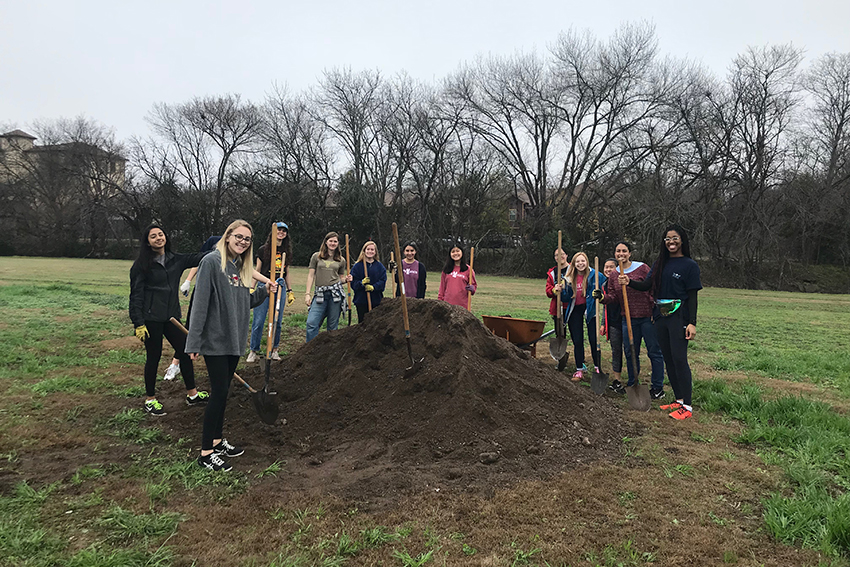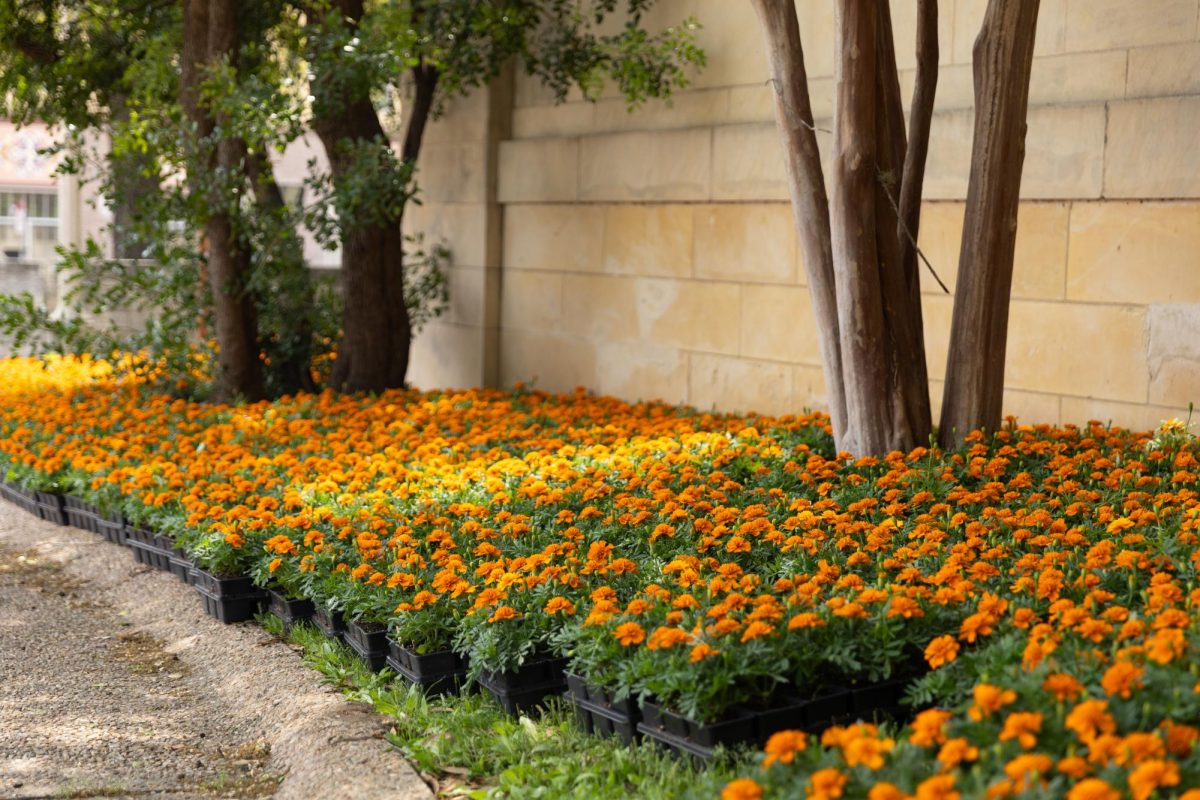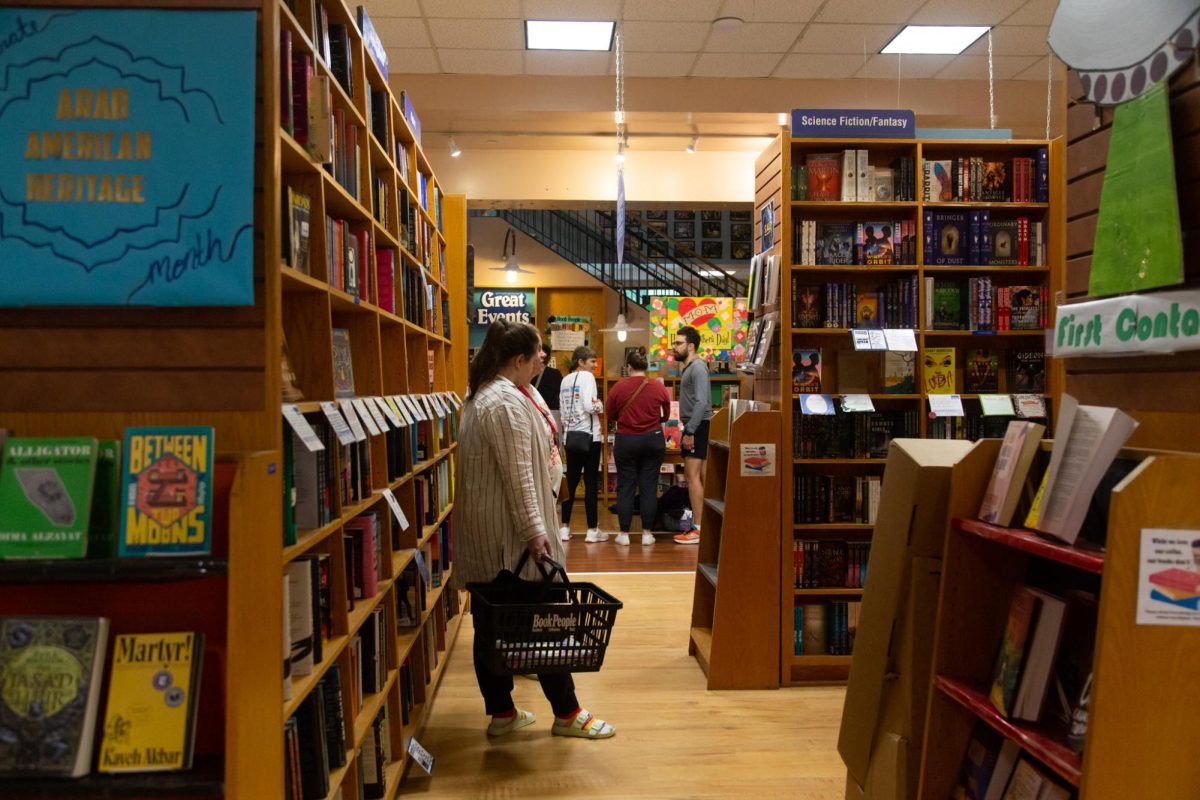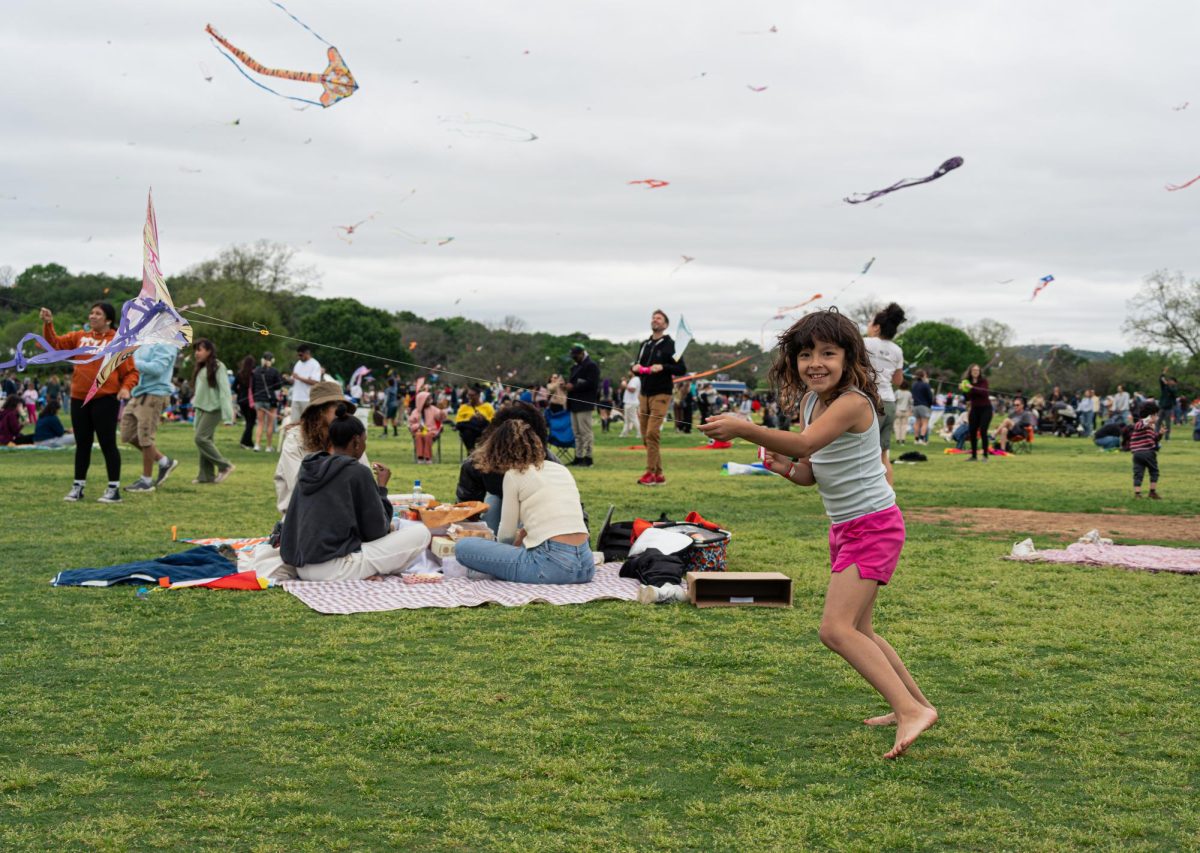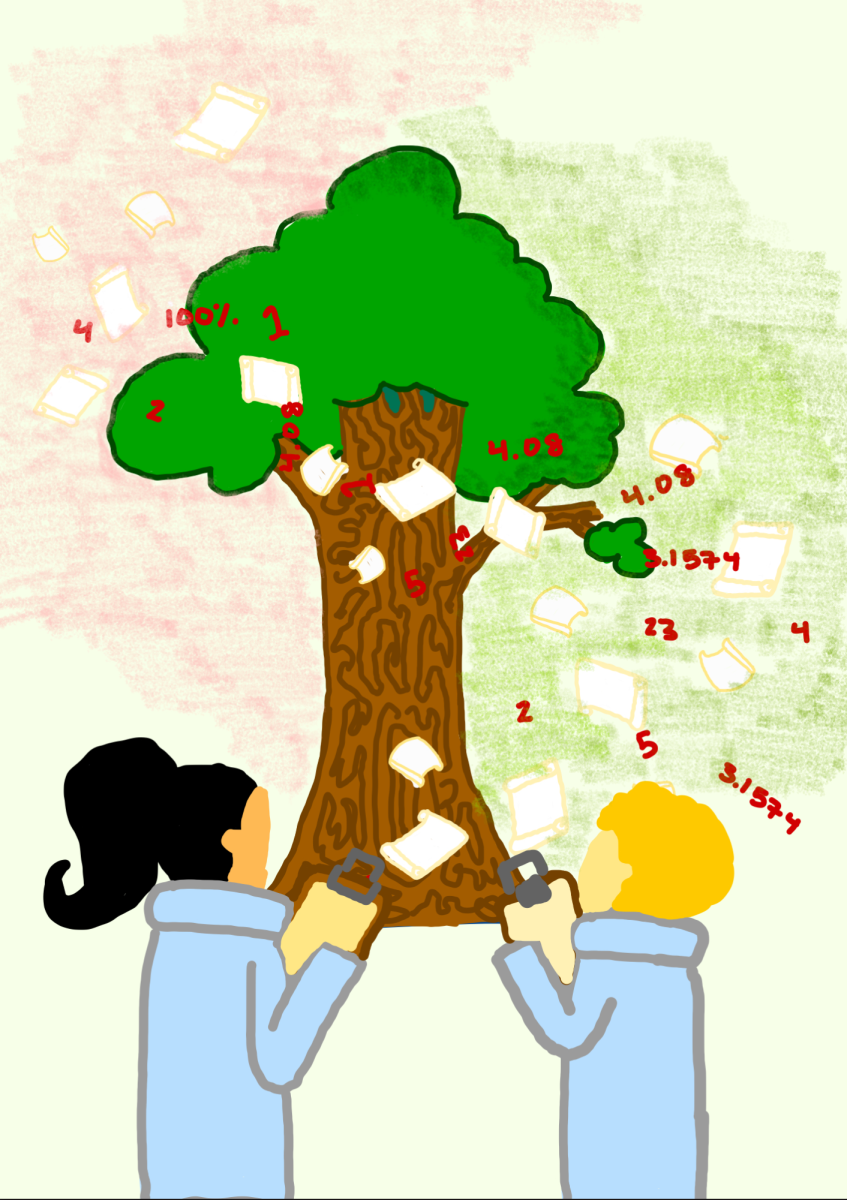The Campus Environmental Center relocated their microfarm from a fifth-acre plot to a half-acre plot at the Whitaker Intramural Fields on Guadalupe Street.
In conjunction with UT Recsports, the CEC was able to find this new location before the University reappropriated their previous location on Leona Street.
“The goal is to connect people in the university community to the sources of the food they eat,” said Katherine Shirley, project leader and geography senior. “We show them the way that agriculture has an impact on the environment and how that connects to the choice that we make in our everyday lives.”
The new location has allowed the farm to expand the number of rentable plots from 15 to 40 plots. For $10 a semester, students can rent out a 4-foot by 4-foot plot, and for $15, a 4-foot by 8-foot plot.
James Collins, a past co-director of the CEC, is one of the new community gardeners.
“It helps me stay connected with this community of gardeners,” said Collins, an environmental science and government senior. “It’s kind of a therapeutic thing for me. It’s a way to get your hands dirty and clear your mind.”
Part of this outreach includes 10 a.m. Sunday workdays that teach participants how to implement sustainable agriculture in their rented plots.
“The experience itself of coming to the farm and working is intended to be educational,” Shirley said. “The best way to teach people is to let them have the experience of planting the carrot and seeing it grow.”
In both the community plots and the CEC’s larger plot, the team has implemented organic agriculture practices. The farm is located in the floodplain of Waller Creek, so there is a risk of harming the ecosystem if they were to use any methods other than sustainable practices.
“Every time it rains, whatever we are doing in our fields can wash into the creek,” Shirley said. “That makes it even more high stakes for it to be a sustainable and organic farming operation.”
Along with sustaining the ongoing initiatives, CEC project leaders such as Sarah Holdeman are experimenting with new ways to grow their initiatives.
“(The new location) gives us space to try new projects like the a fruit orchard or xeriscaping,” sustainability studies junior Holdeman said. “We’ve just got more room to play around.”

